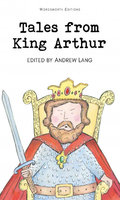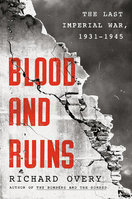New, Quality Gift Books - 50-90% off - over 2500 titles
Your basket is empty.
Categories Art & Architecture ART & POWER: The Russian Avant-Garde Under Soviet Rule
ART & POWER: The Russian Avant-Garde Under Soviet Rule
Book number: 95066
Product format: Paperback
In stock
Bibliophile price
£10.00
Published price
£25
Customers who bought this product also bought
|
MOUNTAINS OF THE HEART
Book number: 95113
Product format: Hardback
Bibliophile price
£7.00
Published price
$34.95
|
|
FOUR HORSEMEN:
Book number: 92011
Product format: Hardback
Bibliophile price
£2.50
Published price
$23
|
|
MEMORIES OF SOUTHERN RAILWAYS
Book number: 93237
Product format: Paperback
Bibliophile price
£5.00
Published price
£14.95
|
|
BLOOD AND RUINS: The Last Imperial War, 1931-1945
Book number: 94349
Product format: Hardback
Bibliophile price
£14.00
Published price
£30
|
Browse this category: Art & Architecture















